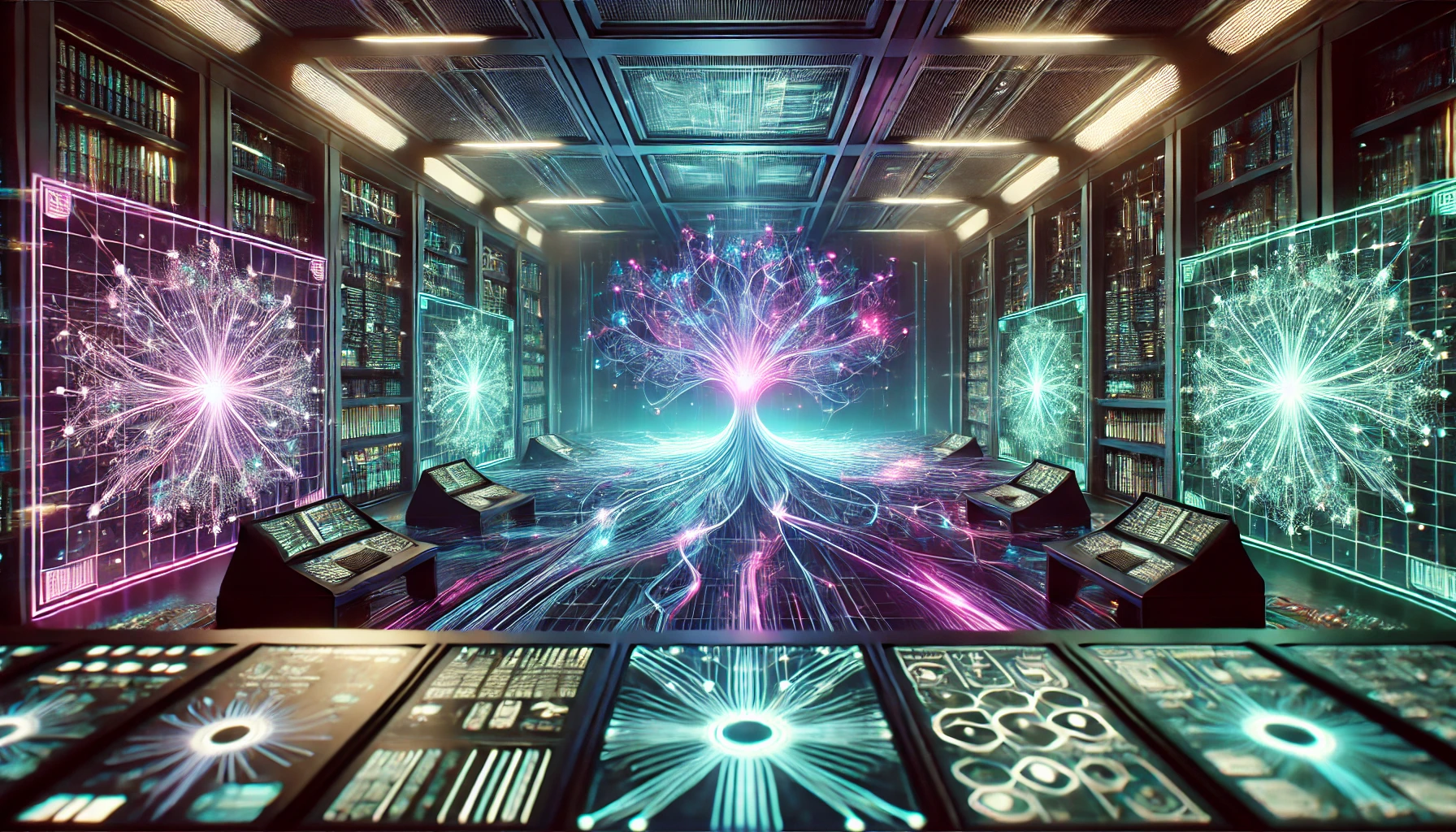Key Points
1. The paper explores the issue of hallucinations in large language models (LLMs) and proposes a method to mitigate it using a memory-augmented LLM called Larimar.
2. The authors empirically demonstrate that by simply scaling the readout vector that constrains generation in the Larimar memory-augmented LLM decoder, hallucination mitigation can be achieved in a training-free manner.
3. The proposed method is geometry-inspired and outperforms a state-of-the-art LLM editing method called GRACE on the task of generating Wikipedia-like biography entries in terms of generation quality and runtime complexity.
4. The authors observe that in the Larimar decoder, the generated vectors (zgenerate) tend to increase in magnitude and deviate from the input readout vectors (zreadout), making it difficult to connect the two.
5. However, when the Larimar memory is queried with the actual prompt, the zwrite and zreadout vectors are well aligned, with the zreadout vectors being 3-4 times shorter than the zwrite vectors.
6. By scaling up the length of the zreadout vectors by a factor of 3-4, the authors are able to achieve significant improvements in the Rouge-L and Jaccard similarity scores compared to the GRACE method.
7. The geometric alignment between the input and output latent space representations in Larimar is also optimized when the zreadout vectors are scaled by a factor of 3-4.
8. The Larimar model is substantially faster (1-2 orders of magnitude) in synthesizing the WikiBio entries compared to the GRACE model, despite having comparable model sizes.
9. The authors conclude that the ability to constrain generation in the Larimar decoder using lightweight memory primitives offers an excellent, training-free opportunity for mitigating hallucination, outperforming training-based approaches like GRACE.
Summary
This research paper explores methods to address the issue of hallucinations in large language models (LLMs) that have explicit memory mechanisms.
The key findings and contributions of the paper are: 1. The researchers empirically demonstrate that by simply scaling the readout vector in the decoder of a memory-augmented LLM, hallucination mitigation can be achieved in a training-free manner. This method is geometry-inspired and outperforms a state-of-the-art LLM editing method called GRACE on the task of generating Wikipedia-like biography entries. 2. The paper examines the geometric properties of the latent vector representations in the Larimar memory-augmented LLM. It observes that the Larimar decoder arbitrarily distorts the direction and magnitude of the incoming readout vectors, making it difficult to connect them to the write encodings. However, when standard constrained generation is used, there is a clear alignment between the write and readout vectors. 3. Leveraging this observation, the researchers demonstrate that by scaling up the length of the readout vector by a factor of 3-4, the distance to the write encoding can be minimized, leading to hallucination-optimized generations. This simple scaling approach achieves a maximum Rouge-L score of 0.72, which represents a 46.9% improvement over the GRACE baseline. 4. Importantly, the geometry-inspired scaling approach is computationally much more efficient than the GRACE method, which requires iterative training to learn the adapter parameters.
The Larimar model is also slightly smaller in size compared to GRACE, yet it is 1-2 orders of magnitude faster in synthesizing the Wikipedia-like biography entries. In summary, this paper presents a simple yet effective technique to mitigate hallucinations in memory-augmented LLMs, leveraging the geometric properties of their internal representations.
The training-free, computationally efficient nature of the proposed approach offers significant benefits over existing model editing methods.
Reference: https://arxiv.org/abs/2407.16908
